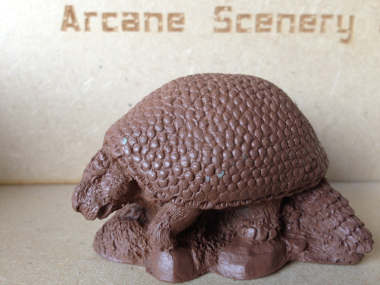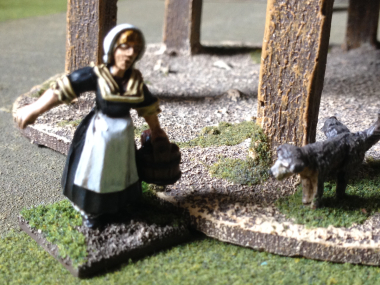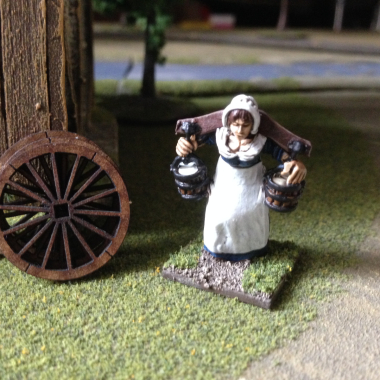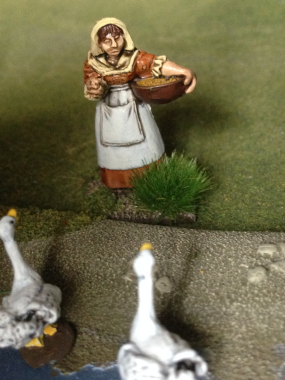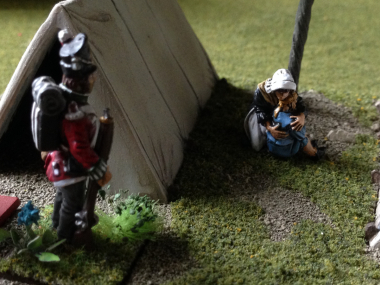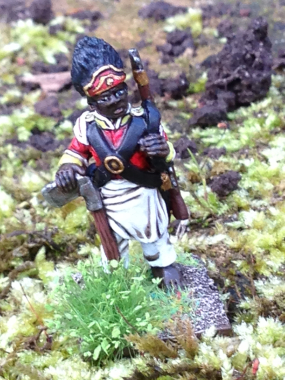
Osterode Battalion Hanoverian Landwehr
Well, not quite, but my final Battalion of Hanoverian Landwehr, the Osterode Battalion are finished, based and ready to take the field. As you can see, I’ve used my standard basing, four figures to a 40mm square rendra base. The base is coated in Vallejo sandy paste and then the figures are just placed into the paste. I use a sculpting tool to bring the paste up and over the actual figure bases to blend them all in. Once the paste is dry it seems to be strong enough to hold the figures in place. From there, the bases get a coat of Vallejo Chocolate brown, highlighted and dry brushed with Flat earth and then Iraqi Sand.
The final touch is to add some fine turf scatter and then a few grass tufts and of course, flowers! There was one other little addition that I made to the basing. The unit consists of Warlord Hanoverian infantry but I have used a command group from the Perry’s metal range. The Perry’s figures looked a bit on the short side compared to the Warlord men, so I added a thin piece of plasticard under the Perry Command figures to raise them up a bit. They now blend in quite nicely.
I’ve decided to take a break from churning out units for my Napoleonic army and just focus on a few of the random projects that have been lurking on the to do list.
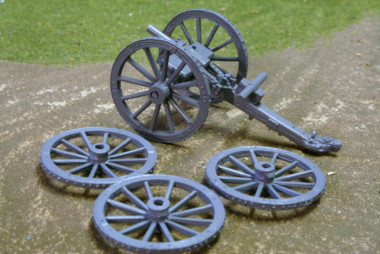
Spare Wheel Carriage
The first of these projects is a spare wheel wagon for my artillery park. Ok, so it’s still a Napoleonic subject but it involves a bit of a conversion using a Trent Miniatures gun carriage and a pack of their British wheels. The picture above shows progress so far and if I like the way it turns out, I’ll provide a full blog post with the modelling details.
Next up, and totally different, I’ve been playing with the new Diorama bases and Standing stones from the DeeZee range and I’m looking at using one or more of the Lucid Eye Neanderthals to make a small diorama as a display piece. Here is the test shot of the layout so far.
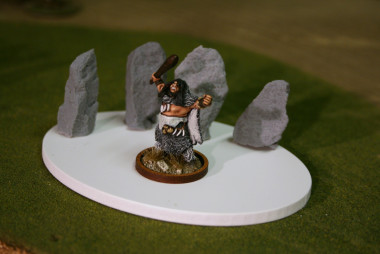
Lucid Eye Diorama
So that’s it for this week. They say that a change is as good as a rest so I’ll finish with a couple of pictures of the Hanoverian Brigade in all it’s glory! There are a total of 96 figures representing the 4th Hanoverian brigade at Waterloo, commanded by Colonel C. Best and comprising of the Verden Landwehr, Luneberg Landwehr, Munden Landwehr and Osterode Landwehr.
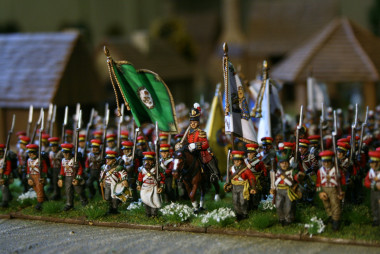
Hanoverian brigade close up – Command Figures
They were initially deployed left of centre at Waterloo under the command of Picton as part of the British 5th Division and presumably were in action or at the very least in close reserve as D’Erlons attack was made. As the day wore on, they were joined by the British 10th Brigade and placed under the command of Colonel Lambert as part of the 6th British Infantry Division – I think guarding the crossroads and the right from La Haye Saint towards Papelotte.
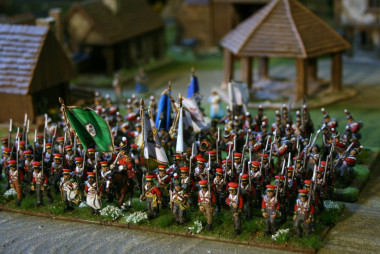
Hanoverian Brigade advances out of Little Bingham!

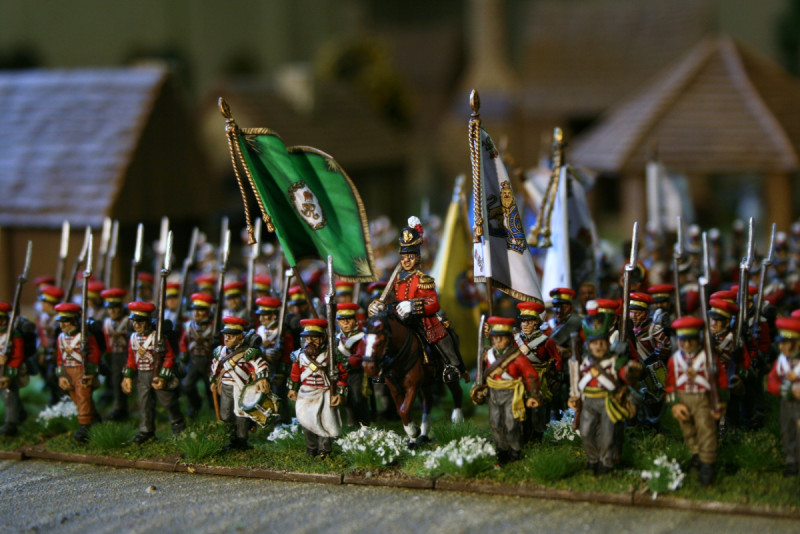


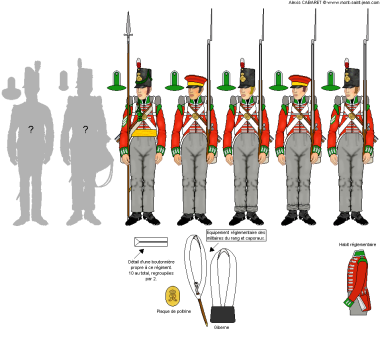
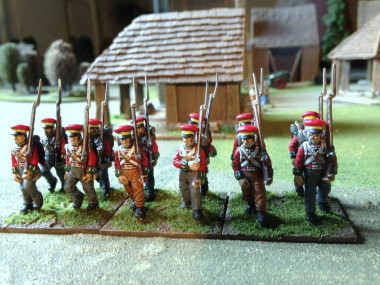
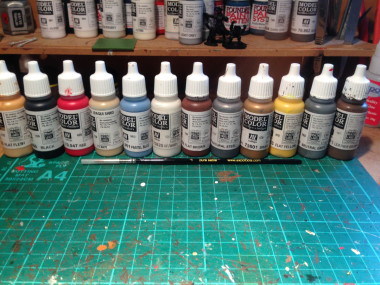


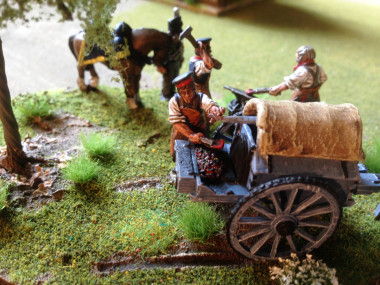
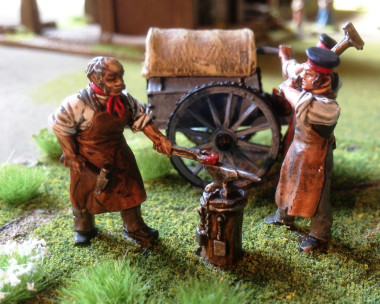
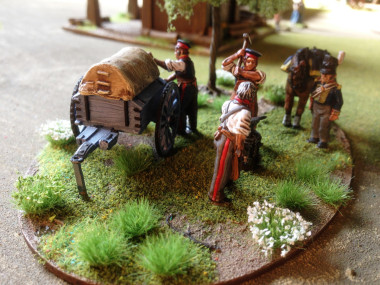

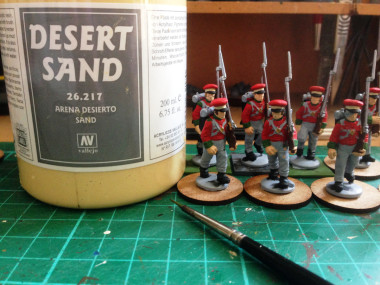


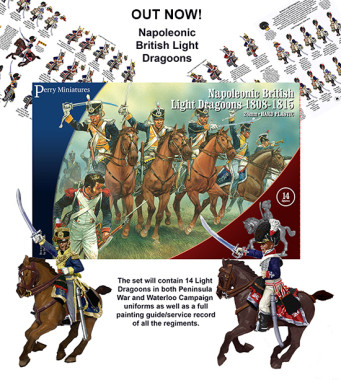

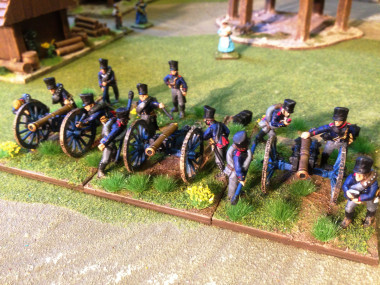
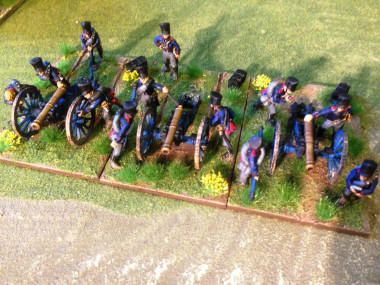
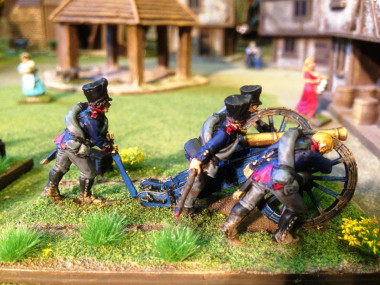
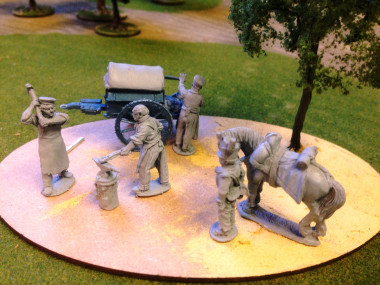
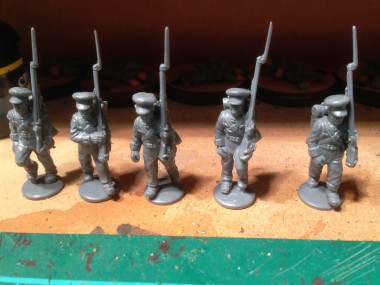
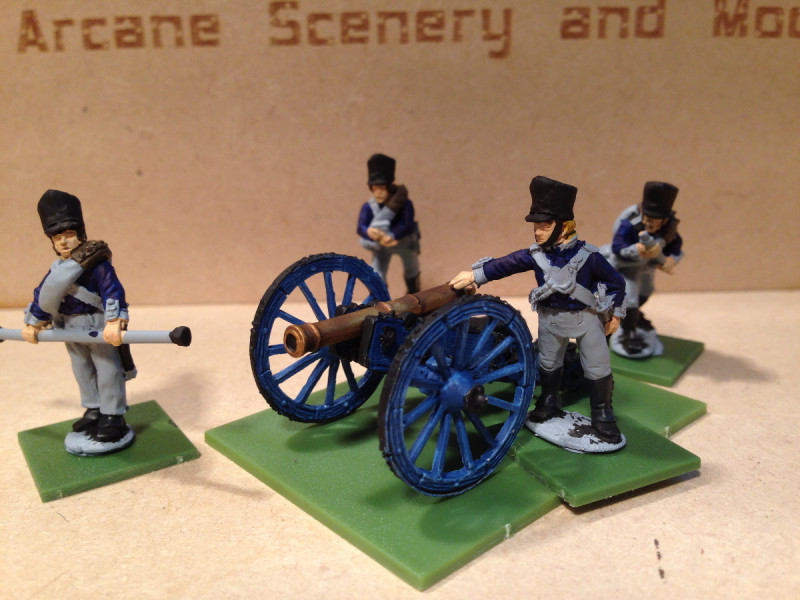
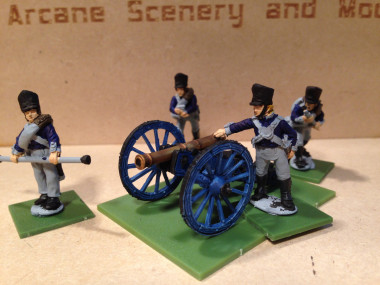

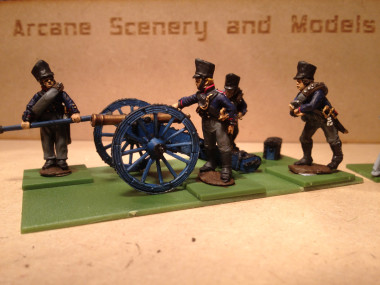


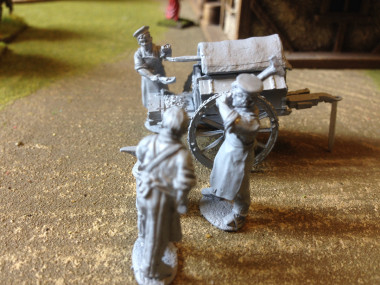
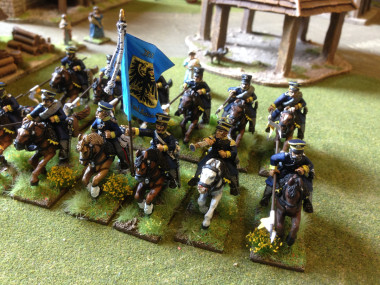
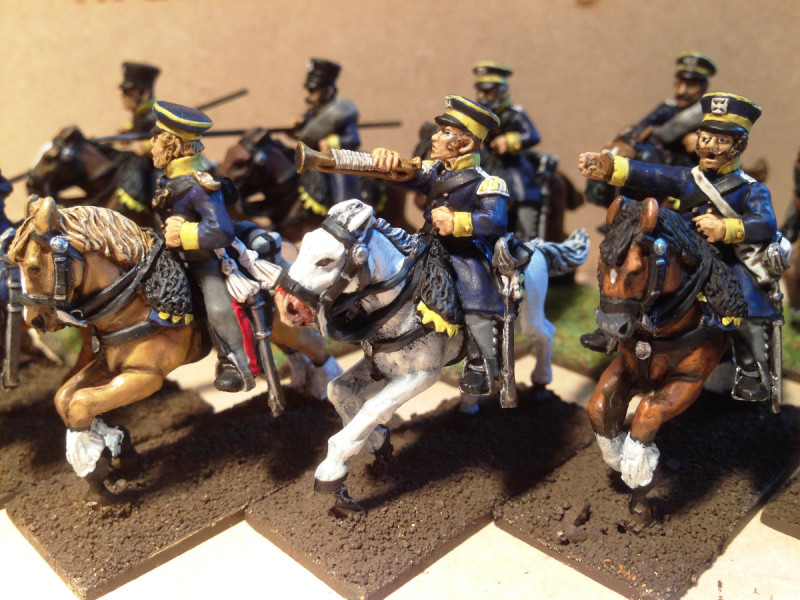

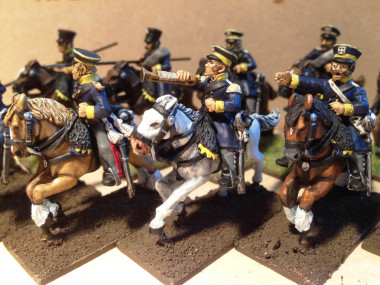
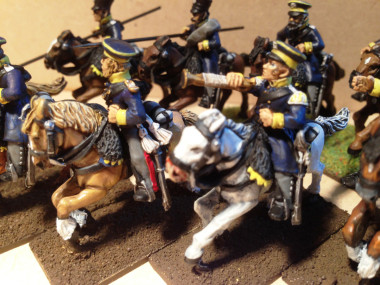
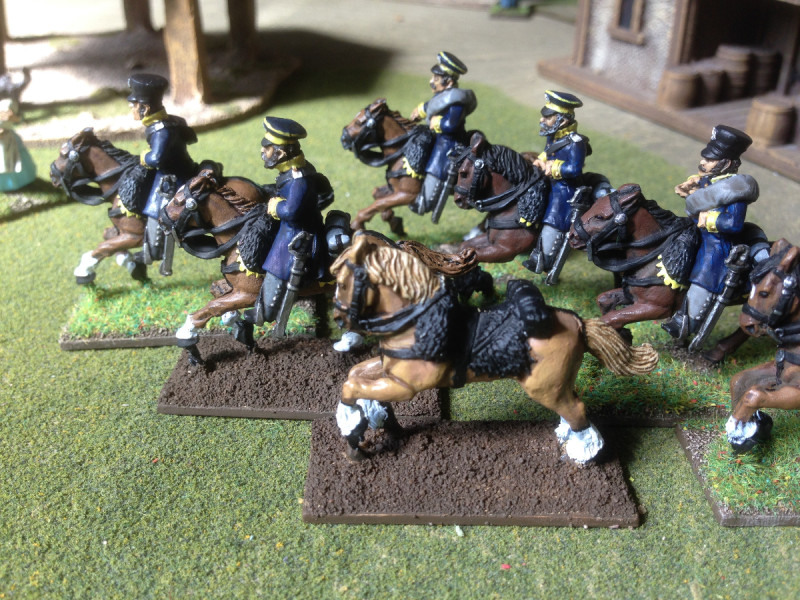



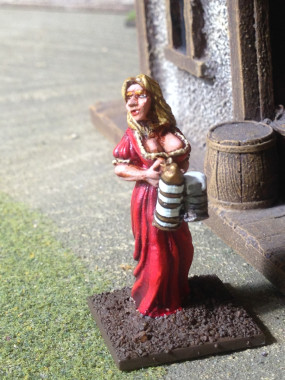
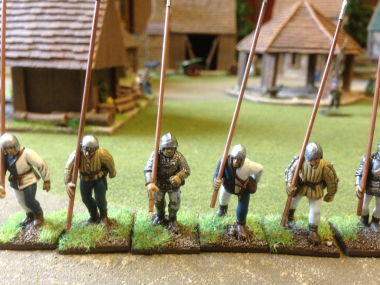
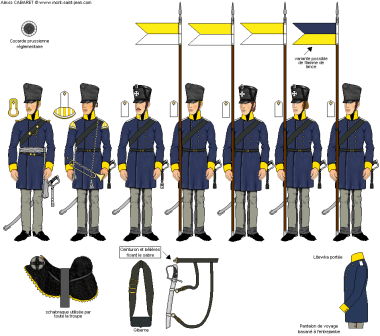
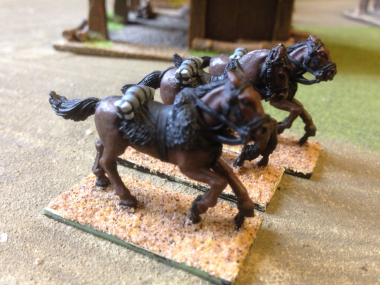


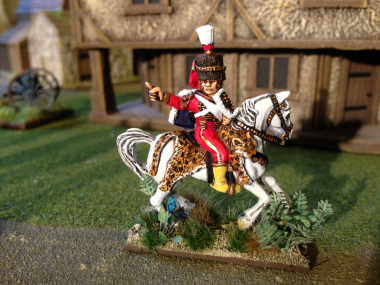
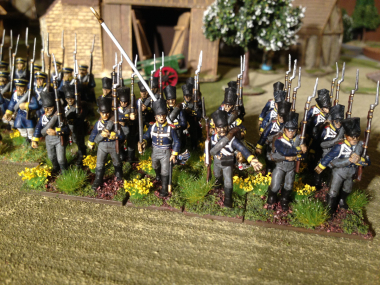


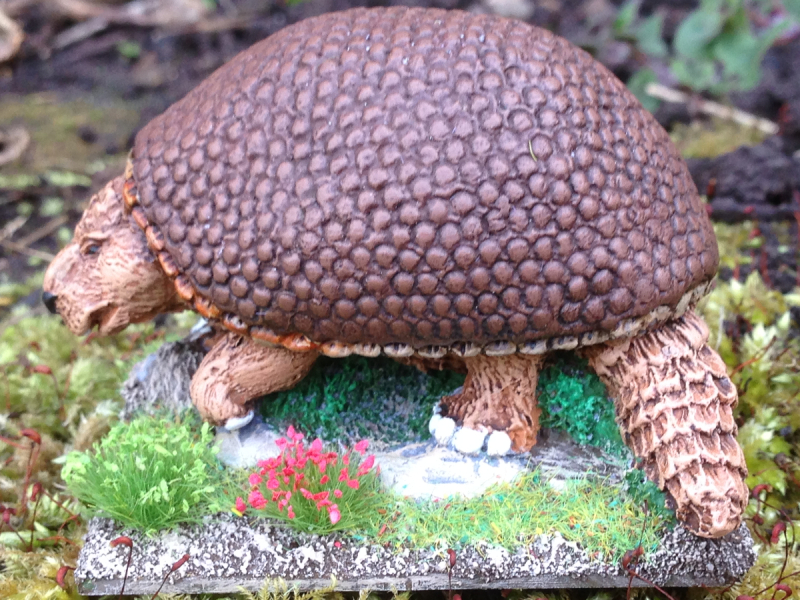
 As we go into the Easter break it seemed appropriate to paint something vaguely egg shaped and as the Glyptodon had been sitting forlornly on the work bench in just an undercoat I decided his time had come!
As we go into the Easter break it seemed appropriate to paint something vaguely egg shaped and as the Glyptodon had been sitting forlornly on the work bench in just an undercoat I decided his time had come!